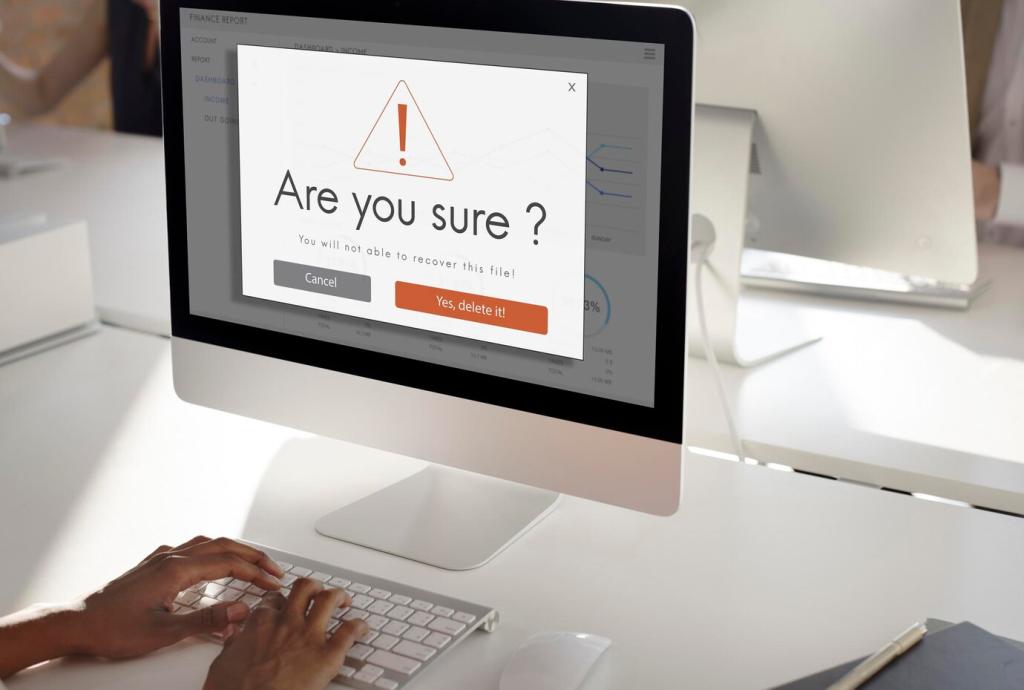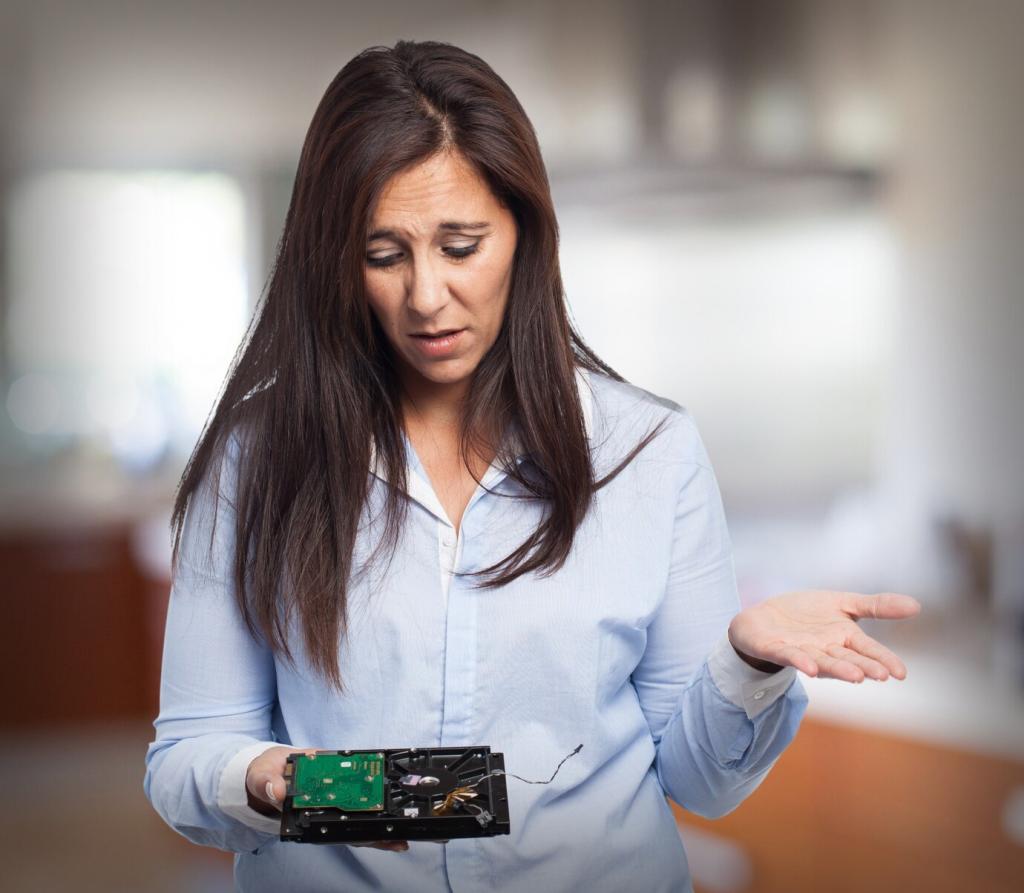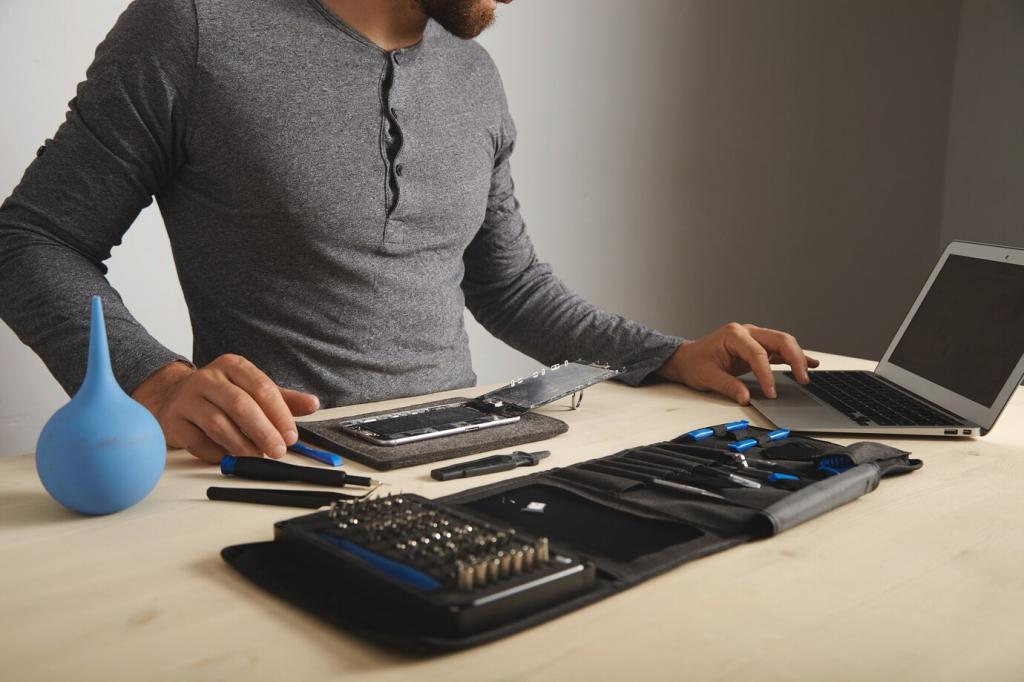Diagnostics, Logging, and Evidence You Can Trust
Correlate crash times with driver or service failures. Reliability Monitor visualizes patterns that feel random. Analyzing minidumps highlights offending modules, guiding you toward driver clean installs or targeted rollbacks that stabilize early startup.
Diagnostics, Logging, and Evidence You Can Trust
Read SMART and NVMe health counters using CrystalDiskInfo or vendor suites. High reallocated sectors, media errors, or thermal throttling explain slow, failing, or missing boot devices long before catastrophic, data‑destroying failure occurs.
Diagnostics, Logging, and Evidence You Can Trust
MemTest86, OCCT, and Prime95 reveal instability hidden by normal use. If failures appear only during cold boots, test overnight. Passing tests repeatedly gives you confidence before declaring a component defective or pursuing replacements.
Diagnostics, Logging, and Evidence You Can Trust
Lorem ipsum dolor sit amet, consectetur adipiscing elit. Ut elit tellus, luctus nec ullamcorper mattis, pulvinar dapibus leo.








